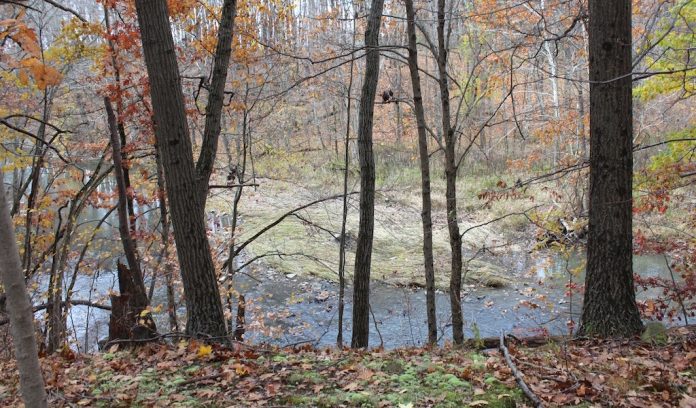By Roger Schumacher
Winter is slowly moving towards spring, time to get out into the woods and accomplish all those goals to improve your woodlot.
Trees are dormant, all the leaves are off — working in the woods this time of year has many advantages.
If you are a landowner and own forest land or even a small woodlot, there is always work to be done. But before you fire up your chain saw, there are several things to take into consideration.
What do you want? Identifying your real goals and objectives is a great place to start. Are you a hunter? Bird watcher? Like to hike?
Do you want to produce income from the sale of timber growing in your woods, a timber sale now or some time into the future?
Do you want to improve your woodlot for hard mast-producing trees that provide a food source for wildlife or are you only concerned with growing your best trees faster in preparing for a timber sale?
Next step
Putting together a Forestry Stewardship Plan for your woodlands can be beneficial to help you get started. The plan will help you identify what trees you are currently growing and how to manage these trees to meet the woodland objective.
If you are fortunate enough to own large acres of forest habitat, there are many factors including aspect, soils, available sunlight, topography, tree species, prior land use — all these elements will guide you into developing your Forest Stewardship Plan.
Considering all these factors, your forested areas will be broken apart into separate stands and each stand will be managed according to the goals and objectives for a particular stand.
If you have a passion for wildlife and woodlands, getting into the woods and getting the work accomplished is an easy task, but some of us may need to hire an expert to guide us down the path.
Forestry terms like super dominant, dominant, co-dominant, intermediate, suppressed, crop tree release, cull tree removal, dbh, tree crown, hard mast, soft mast, shelter wood cut, final harvest, all these terms can be confusing to the beginner.
Timber harvested in Monroe County where I work is our largest producing annual agriculture revenue.
Wise use of our resource should be taken into consideration, leaving a better woodlot for our future generations should be our motivation for doing our part.
There are multiple agencies in each county and at the state level to assist individual landowners with managing their timber resources.
Start with your county soil and water conservation district. If you are a landowner who want to improve their woodlands, we are here to assist all landowners.













